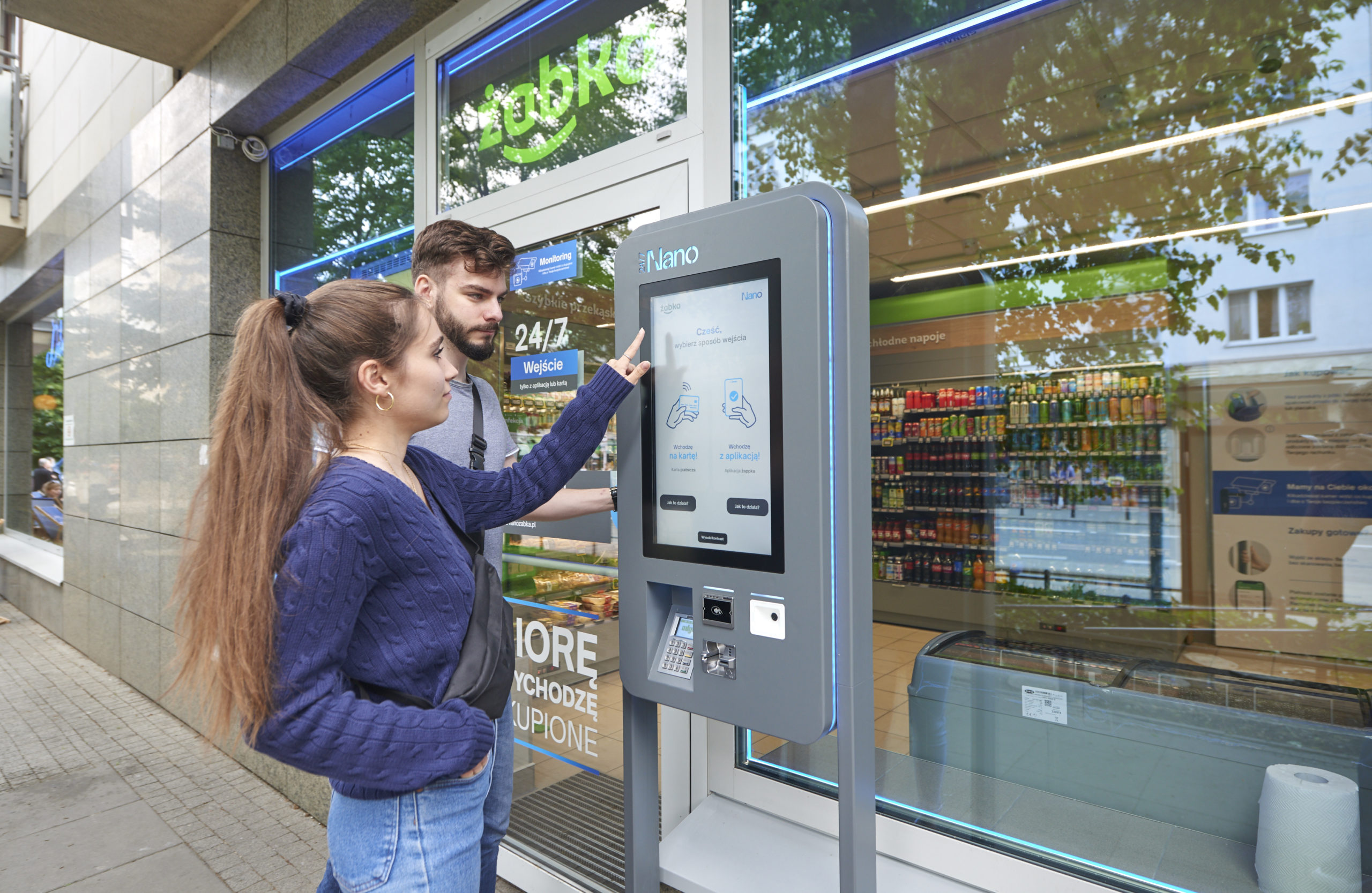
A grocer that sells smoothies, snacks and ‘easier lives’? Welcome to Żabka’s autonomous stores
In his mind, there is one true adversary, one old barrier that must be crushed for good. His foe is friction.
That’s the word retail leaders like Tomasz Blicharski use when describing the kinds of hassles that annoy shoppers, that even cause some people to avoid brick-and-mortar grocery stores altogether.
Hassles like waiting in line to check out or even needing to check out at all, basically any in-store task that steals precious time from a grocery shopper’s day, says Blicharski, executive vice president of Żabka Group, Poland’s largest convenience store chain spanning more than 9,000 locations.
But the time has come, Blicharski says, for shoppers to expect their grocery stops to last 60 seconds or less. That’s the average duration of customer visits at the company’s 50-plus autonomous grocery stores – a checkout-free concept it calls Żabka Nano: no carts, no clerks, no cash, no closing time.
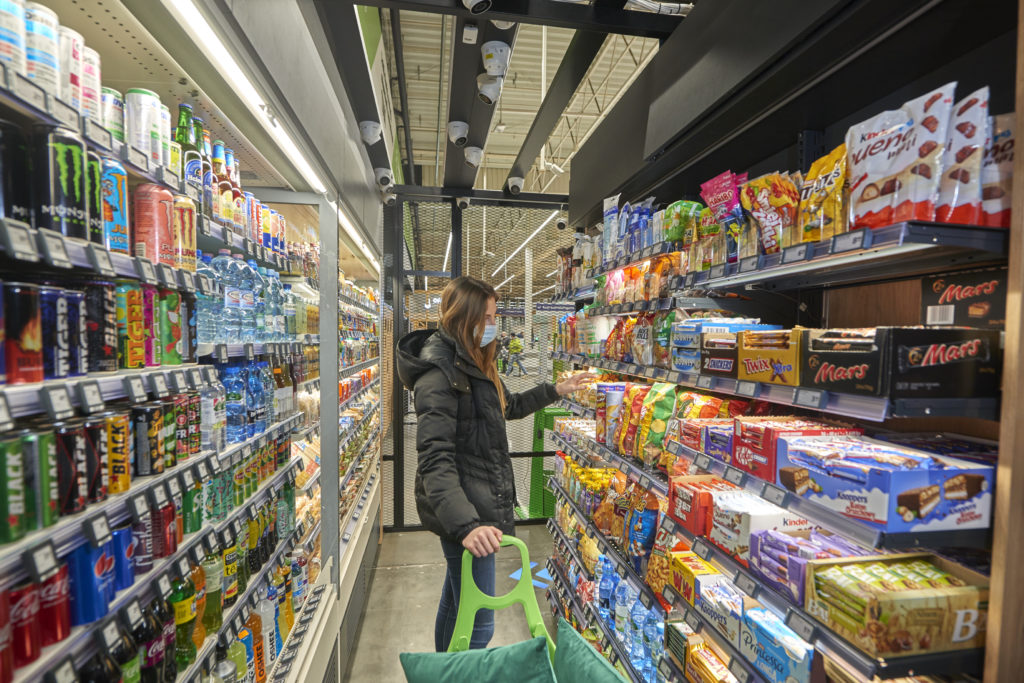
To launch those stores, and to make friction a ghost of groceries past, Żabka partnered with AiFi, a California company that enables autonomous shopping with computer-vision technology.
“Our enemy is friction, and we are here to defeat that friction and conquer the autonomous world,” Blicharski says.
“We want shoppers’ lives to be easier, as easy as opening the fridge. This is our mission. We want to free up the free time of the consumer, so they can return to and enjoy their lives,” he adds. “This is a revolutionary step for physical retailers.”
That revolution relies on AiFi’s core technology – computer vision, a type of artificial intelligence or AI that helps computers understand what they see. AiFi deploys numerous AI-enabled cameras across a store’s ceiling. To enter those stores, shoppers swipe their payment cards or use the retailer’s app.
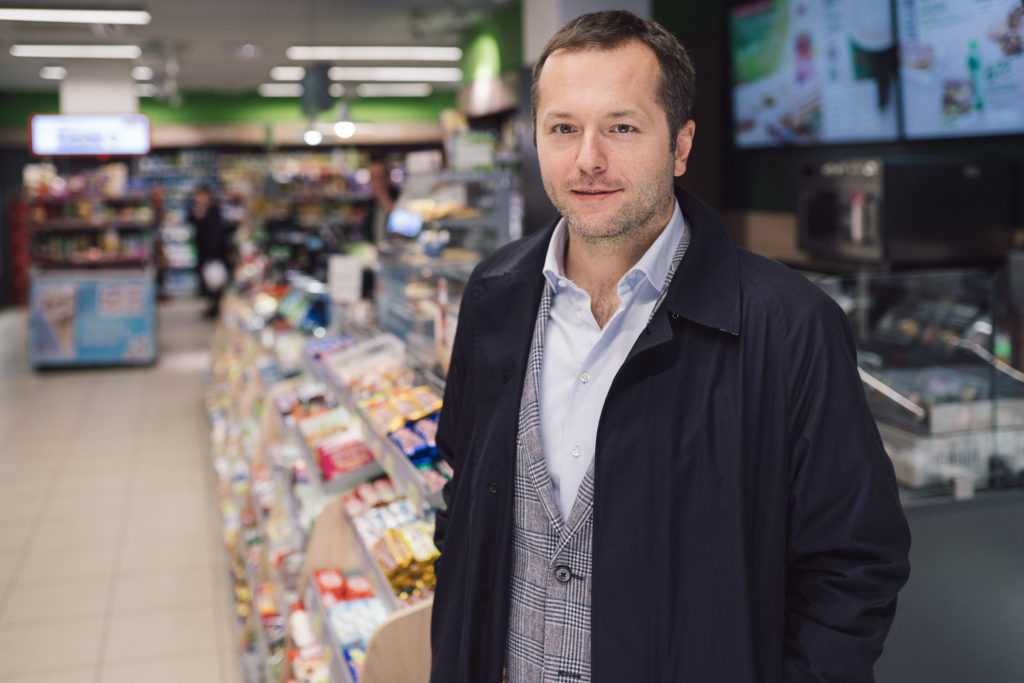
Digital video captured by the cameras feeds AiFi’s computer-vision platform, which recognizes the shoppers’ behaviors, including when they pluck individual products from the shelves.
Computer vision also helps store managers understand everything happening in the shop, including foot-traffic patterns and sales relative to product groupings, shelf height and placement. The AiFi platform runs on Microsoft Azure.
AiFi’s system may be sophisticated. But the cameras – “totally off the shelf, nothing particularly special” – allow AiFi to deploy its platform quicker and cheaper than other autonomous retailers that rely on weight sensors in store shelves, says Steve Carlin, AiFi’s CEO.
“We only need two weeks (to outfit a store). That’s what we ask for. We can do it faster,” Carlin says.
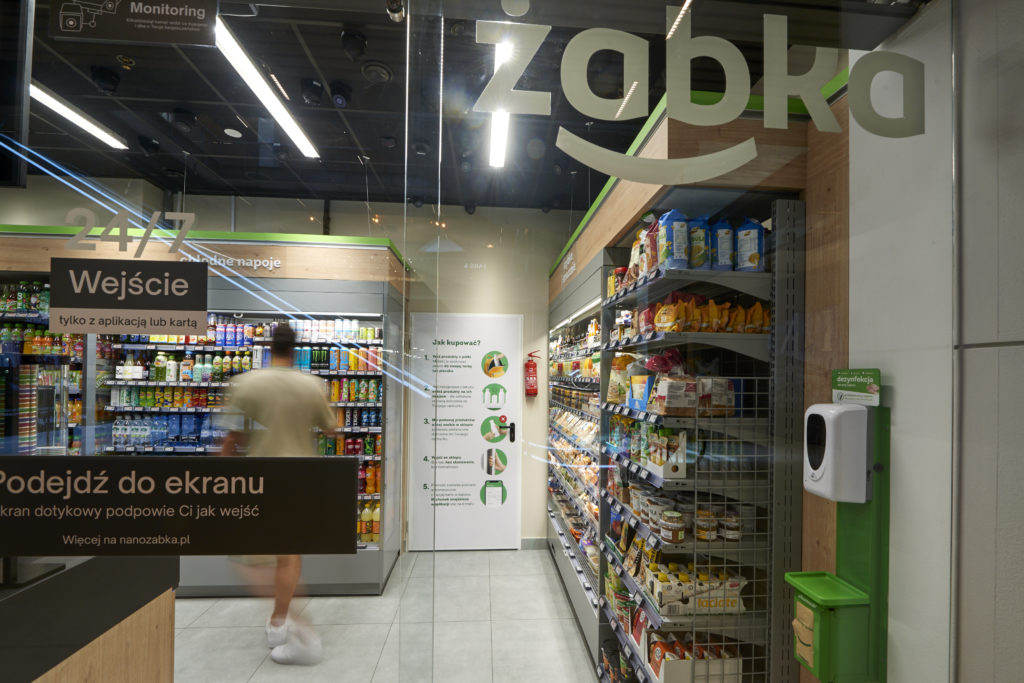
In fact, with its platform deployed in 100 retail spaces across North America, Europe, the Middle East, Asia and Australia, AiFi is the world’s largest provider of autonomous shopping solutions.
“Our platform is way more flexible than a lot of our competition because we don’t have to touch the shelves at all,” Carlin says. “You can take a space that already exists and retrofit it. And you can move the shelves. You can’t do that with weight sensors, which require digging a trench in the floor, running cable to the shelf and electrifying the shelf. And once you’ve done that, that shelf isn’t moving.”
In addition to deploying its tech at grocery stores in Europe, the U.S. and the United Arab Emirates, AiFi has brought autonomous shopping to college campuses, sports venues and workplaces. The Miami Dolphins offer football fans cashier-less concessions stands inside Hard Rock Stadium. At the Indianapolis 500, racing fans have dashed into an autonomous store to buy snacks and merchandise. And at the University of Denver, students purchase fresh foods at two grab-and-go markets on campus.
“At one European stadium we’re in, the concessions wait time use to be 70 seconds,” Carlin says. “They went to our frictionless store format, and that time got reduced to 16 seconds. That made it the best-selling concession stand they’ve ever had in their stadium.”
AiFi’s tech does not use facial recognition or biometrics, keeping customers anonymous. When a shopper enters, the system only creates a virtual avatar of that customer and never uses personal data.
“We don’t need your face. We don’t need your palm to be read to do what we do. We are only interested in identifying a virtual avatar with a payment method,” Carlin says.
To date, more than 800,000 shoppers have made about 1.5 million transactions through AiFi’s platform.
“One of the reasons I joined Microsoft (in 2018) was my interest in autonomous stores,” says Shelley Bransten, corporate vice president of worldwide retail and consumer goods industries at Microsoft. “I’m thrilled we’re partnering with AiFi to make their solution as ubiquitous as Wi-Fi.”
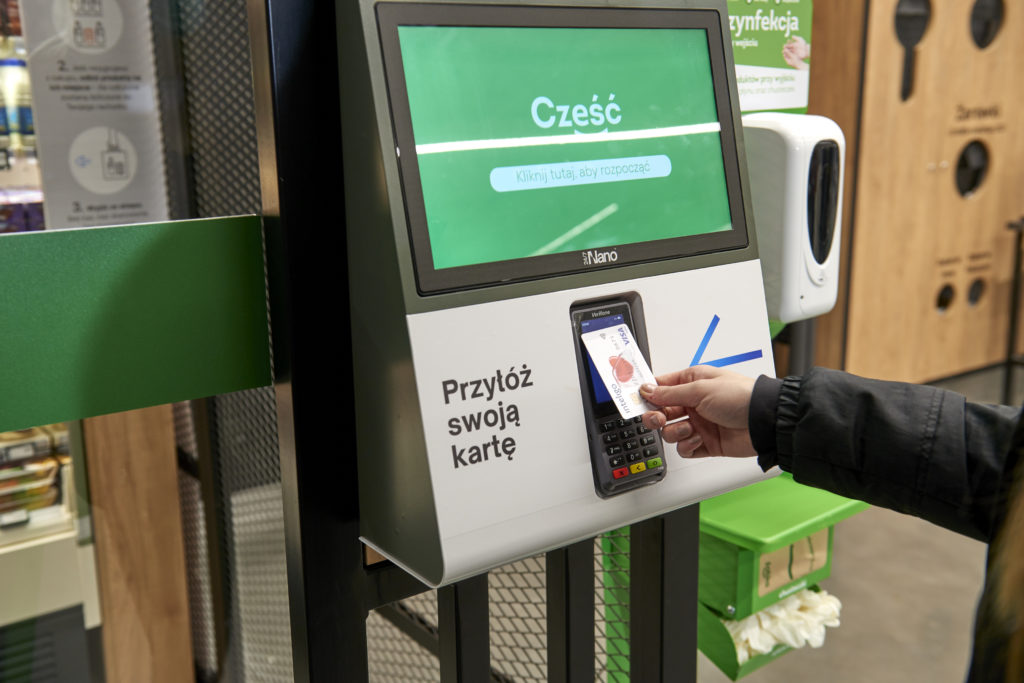
Soon, the autonomous shopping experience will gain even more intelligence with Smart Store Analytics, a new Microsoft Cloud for Retail offering announced Jan. 10 and available through Microsoft’s partnership with AiFi. Currently in public preview, Smart Store Analytics was co-developed with Zabka and is being tested at all Żabka Nano stores, Blicharski says.
“It’s a tool that enables us to operate these stores more like an e-commerce (retailer),” Blicharski says. “A physical retailer will be able to manage the store in a way that’s way more optimal for the consumer, from assortment selection to personalized promotions” involving Żabka Nano products like ready meals, snacks, juices and smoothies.
Once installed, Smart Store Analytics pulls store data from the AiFi platform to deliver insights that allow retail managers to maximize store layout, product recommendations and inventory. This “phygital” experience, where the physical and digital world blend together, can ultimately help boost sales, lower costs and improve the in-store experience.
The solution also enables store managers to understand how their customers shop, interact with products and move through the aisles, displaying foot traffic as a heat map. It tracks how much money, on average, customers spend and how long they dwell in front of certain displays and shelves. And it plots unit sales to shopper height to help dial in the best shelf placements.
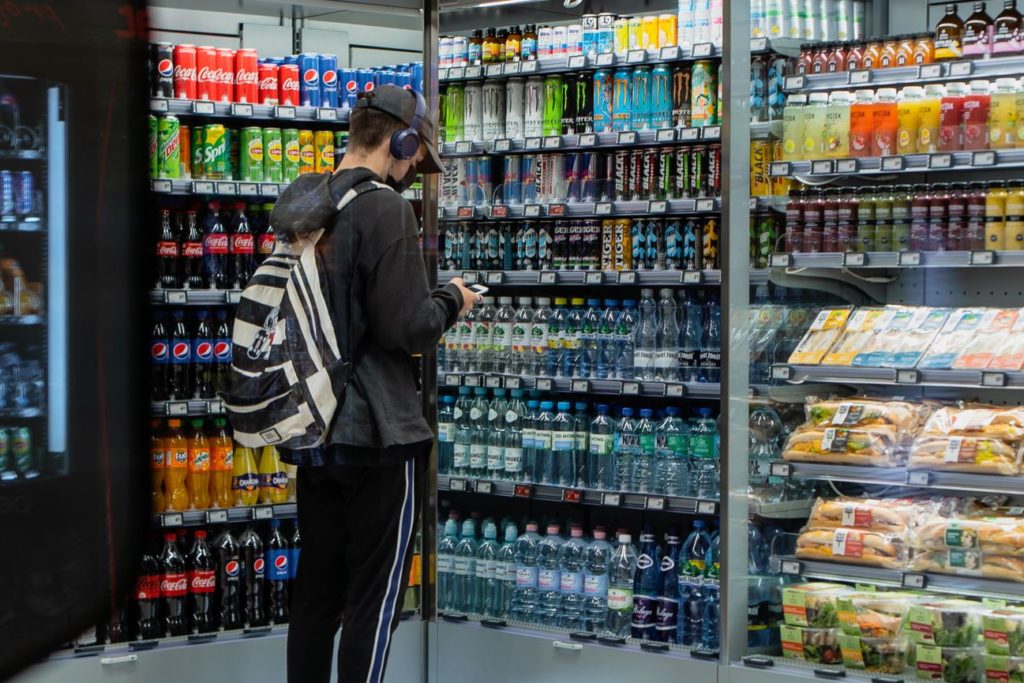
At the company level, Żabka will use Smart Store Analytics to extract more value from data and use those insights to improve operational metrics at its 50-plus Nano stores. In the future, those insights will help Żabka enhance its supply chain management, predict individual store demands, build ordering schedules for replenishment, and react even faster if a product is out of stock.
In the grocery game, profit margins are tight. By streamlining operations around a single, unified solution like Smart Store Analytics, Żabka executives say they expect to further lower company overhead and share the resulting cost savings with its Nano stores and, ultimately, with shoppers.
“Digital technology is what will make the difference between retailers that thrive during this period of economic, societal and technological change, and those that get left behind,” Bransten says. “Honestly, there’s not a retailer out there who doesn’t want to reimagine the store experience, but until now it’s not really been possible.
“Retailers want to build the type of resilience that enables them to move beyond just responding when disruption happens to them,” she adds. “They want to drive growth through agility and innovation.”
Top photo: Two shoppers prepare to enter a Żabka store. (All photos courtesy of Żabka.)
